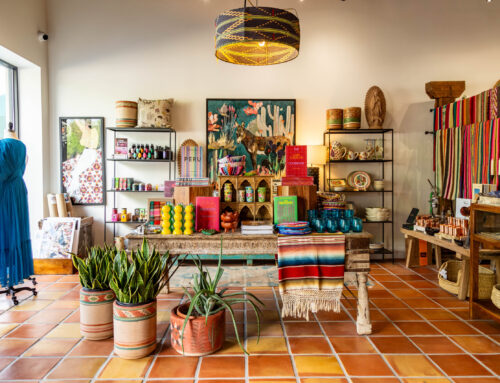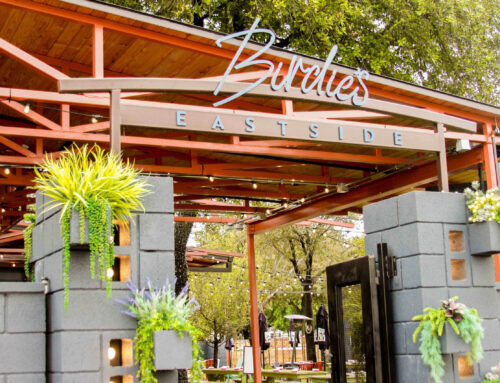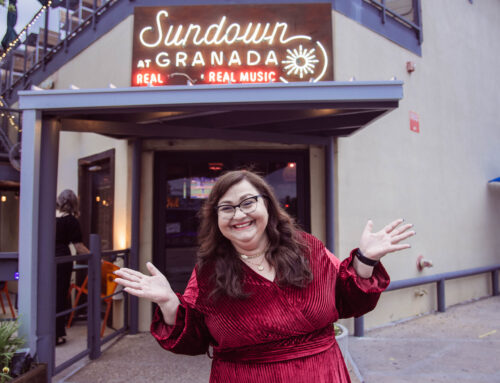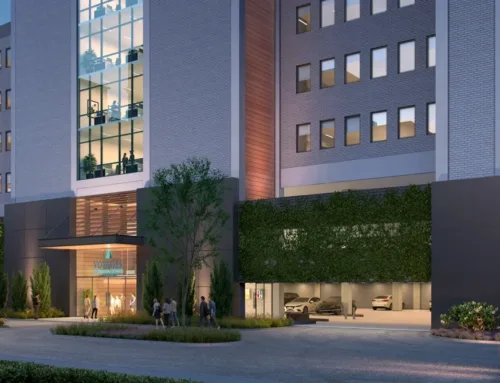Aware of the growing need for intown housing, and after an extensive study of the issue, the City Council recently adopted an Intown Housing Program Policy. There has been a surge in interest in intown Dallas as a desirable area in which to live and pursue an urban lifestyle. At the same time, there has been a growing interest by the City Council in encouraging residential development in or near the CBD.
We felt that a large community of inner-city dwellers would add both economic life and vitality to the intown/Downtown area.
Recently, the demand for intown residential housing was documented by M/PF Research, a nationally known firm based in Dallas. M/PF surveyed residents throughout Dallas County to obtain a sampling of how many persons wanted to either live near Downtown or pursue an urban life style.
They found a strongly positive response of 24,000 households throughout Dallas County that had a preference for intown living.
In the State-Thomas area, the rapid leasing of apartments like the Meridian and Worthington adds weight to the M/PF findings.
The city has long recognized the need to encourage housing development in and near the CBD. Recent interest by prospective developers and their difficulties in closing deals has helped the City realize it needs to assess what it can and should do to aggressively promote residential redevelopment in central Dallas.
Sensitive to the need for more housing in and around the center city, the City Council undertook an in-depth analysis of policy options this past winter.
With its currently existing economic development initiatives, the City has supported redevelopment of the intown area.
Over the past few years, the City’s Public-Private Partnership Program has encouraged residential development in or near the CBD. A combination of tax abatement, infrastructure cost participation and development fee rebate incentives have been used to encourage inner-city redevelopment.
Additionally, the four tax-increment financing districts near the CBD have among their goals the promotion of housing.
At a series of workshops and briefings over the past months, the Council decided that while these efforts had been successful, they were not enough. We wanted to develop a more pro-active approach; a preliminary issue paper presented in March proposed the new intown housing policy.
Recommendations in the paper were based in part on the successes of other cities and the advice of national housing experts and local proponents.
A two-tiered approach was proposed with different public incentives for each tier.
Tier 1 is the area generally outside the CBD core, but inside a one-mile radius. Tier 1 includes, for instance, Deep Ellum, Bryan Place, Mill Creek, Exposition Park, Cityplace and the Baylor Hospital area.
Tier 2 is the office core – this area is generally described as the CBD area, exclusive of the Farmers Market area.
Financial assistance to qualified projects will be available when a financial “gap” exists – that is, when such assistance is necessary to make the development financially feasible. Incentives include infrastructure participation, developer financing, tax incentives, development cost reduction, and CBD funding redevelopment costs.
The Housing Programs Policy will sunset in five years in sufficient time to build “critical mass”. The City’s goal is to help developers build 5,350 units over this five-year period.
Over the course of this summer, the City will set the policy in place, making changes to ordinances and other regulations. Administrative guidelines and procedures will then be written.
The City expects to receive developer applications and will begin policy implementation in early fall. We look forward to creating new housing opportunities Downtown and in East Dallas.





